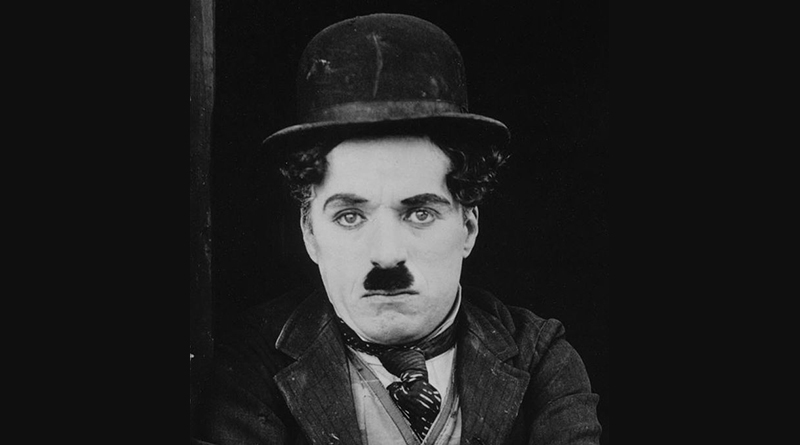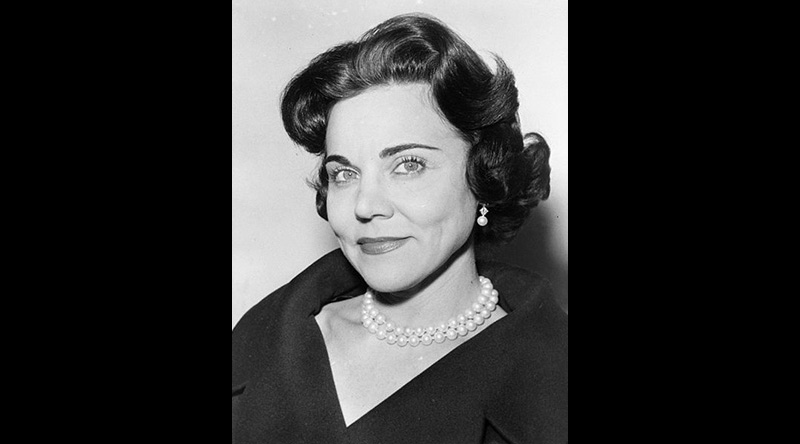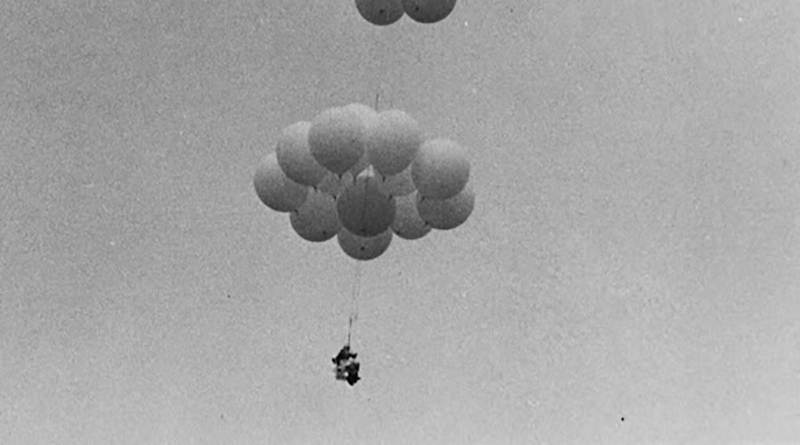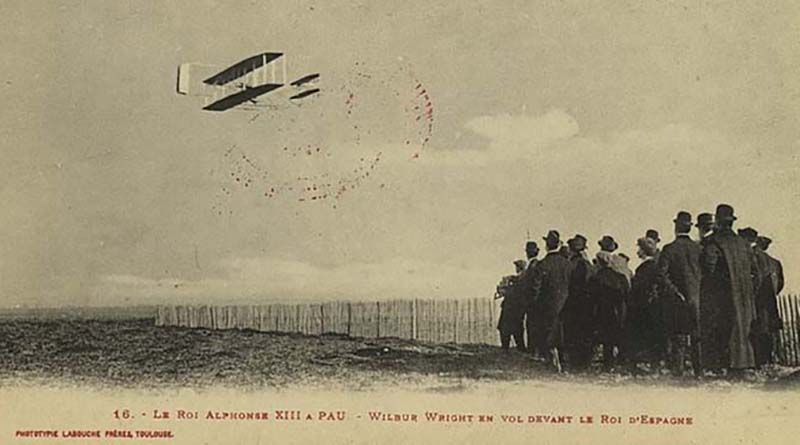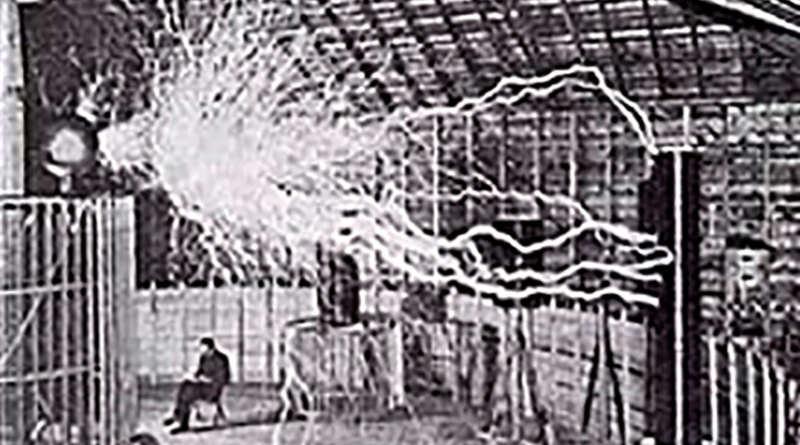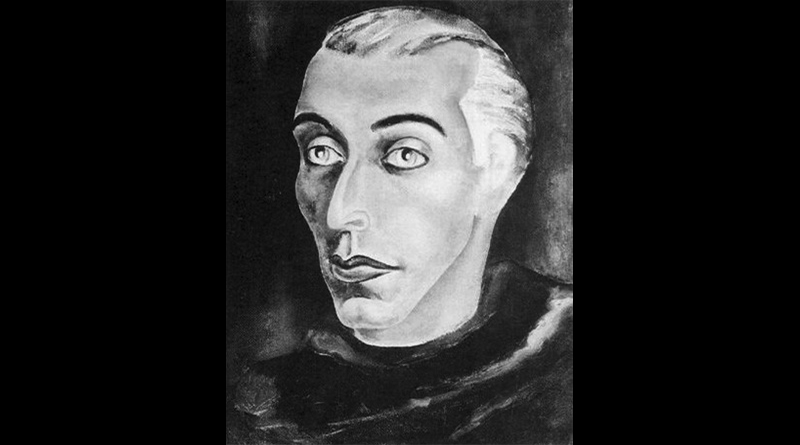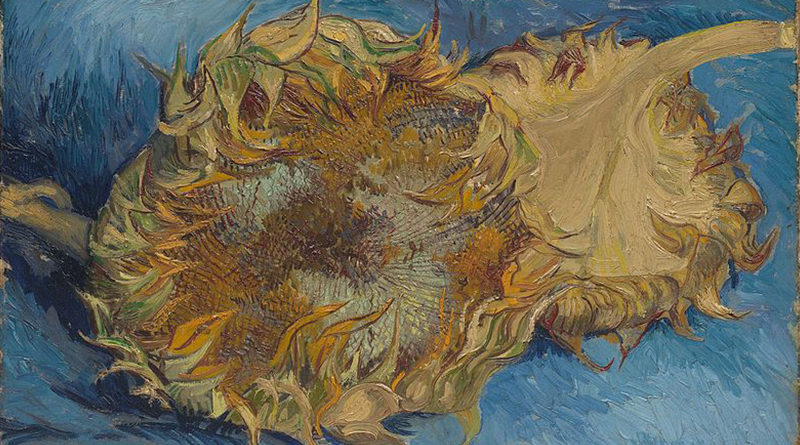The Chaplin boys were reunited with their mother [Hannah] in the early spring of 1896, but their address is not certain. They moved from cheap rented room to rented room, and in the space of three months they found themselves in six different garrets or basements. Chaplin’s memories of this London period are generally unhappy. Sydney had outgrown his only coat, and so Hannah made him one out of an old velvet jacket she owned; Sydney was also forced to wear a pair of his mother’s high-heeled shoes cut down to size. The boys pilfered goods from street stalls. The family relied upon parish charity, with relief parcels and visits to the soup kitchens of the mission houses. Chaplin never tasted butter or cream as a child and, as a prosperous adult, he could never get enough of them. The sculptor who in 1981 fashioned his statue in Leicester Square, John Doubleday, has stated that, according to Chaplin’s exact measurements, the adult still possessed ‘the undeveloped thorax of an underfed child’.
There were happier moments. The young Chaplin earned a few pennies by dancing outside the doors of public houses to the melody of a passing accordion. One day Sydney found a purse of gold coins on a bus while selling newspapers. It may be, however, that he had stolen it. On the proceeds the Chaplins went down to Southend for their first sight of the sea. They swam, when they could afford it, at the Kennington Baths. They attended magic-lantern shows at the Baxter Hall, where admission cost a penny. Hannah, in moments of health and vitality, also managed to entertain them by imitating the expressions and movements of the people in the street below. Her youngest son may have inherited her pantomimic skills.
In an essay for Photoplay magazine in 1915 Chaplin wrote that ‘it seems to me that my mother was the most splendid woman I ever knew. I can remember how charming and well mannered she was. She spoke four languages fluently and had a good education … I have never met a more thoroughly refined woman than my mother.’ Yet he may have overestimated her skills and virtues. A neighbour recalled that ‘he thought no one who ever lived was like his mother. The lad thought she was the cleverest player in the world, a great lady and his ideal.’ Her nickname for her second son was ‘the King’. Such love, perhaps, is doomed to be disappointed.
Separation from her was soon to follow. In the spring of 1896 Hannah’s sewing machine was repossessed for lack of payment, and there was now no way of continuing her old trade. She succumbed once more to sickness and was taken to the infirmary. There was now no recourse for the Chaplin children but the local workhouse, the place that poor families most feared. ‘You’ll end up in the work’us!’ was a familiar expression. So in May they were despatched to Southwark Workhouse, according to its register, ‘owing to the absence of their father and the destitution and illness of their mother’. Their bewilderment may be imagined. Nevertheless in the same article for Photoplay Chaplin declared that ‘English people have a great horror of the poorhouse; but I don’t remember it as a very dreadful place.’ His strongest memory was ‘of creeping off by myself at the poor-house and pretending I was a very rich and grand person … I was of a dreamy, imaginative disposition. I was always pretending I was somebody else….’
They remained in this institution for approximately three weeks while the Lambeth Board of Guardians pursued the supposed father, Charles Chaplin senior. He was eventually found and brought before the board; he agreed to take in Charles but not Sydney, on the grounds that the older child was clearly illegitimate. But the board believed it best that the boys should stay together, and Chaplin agreed to pay the sum of fifteen shillings a week to maintain them at Hanwell Schools, an institution twelve miles out of London. He never kept his promise of regular payment.
In the middle of June the two boys were taken in a horse-drawn baker’s wagon to Hanwell Schools for Orphans and Destitute Children. Here they were separated, Sydney at the age of eleven being taken to the upper division of the boys’ school while Charles at the age of seven was placed in the infant division. He later told a reporter that ‘my childhood ended at the age of seven’. — Peter Ackroyd, in his book Chaplin (read for free)

